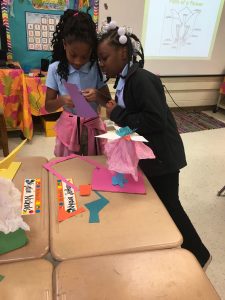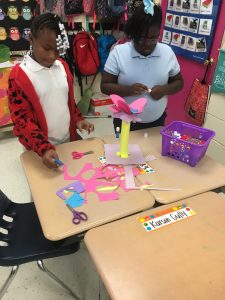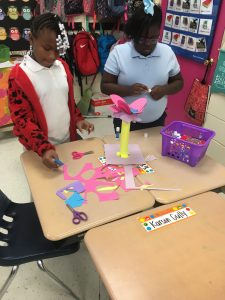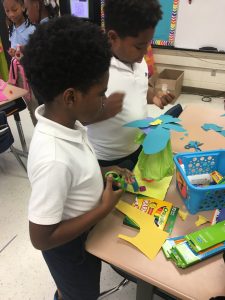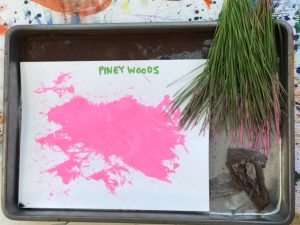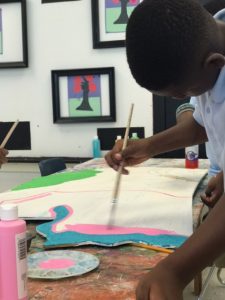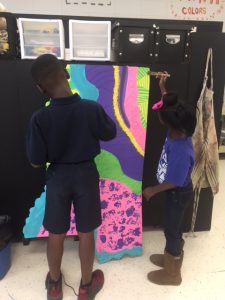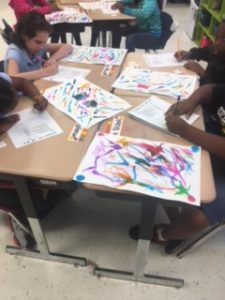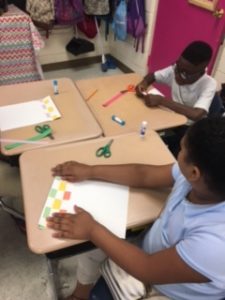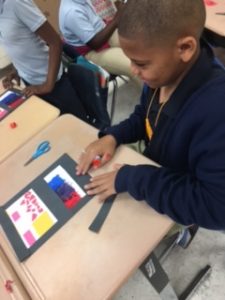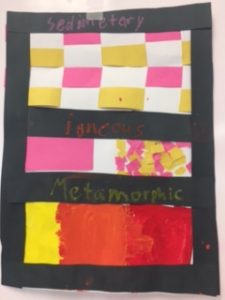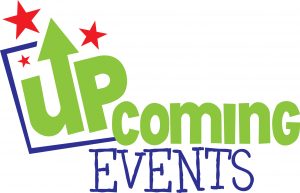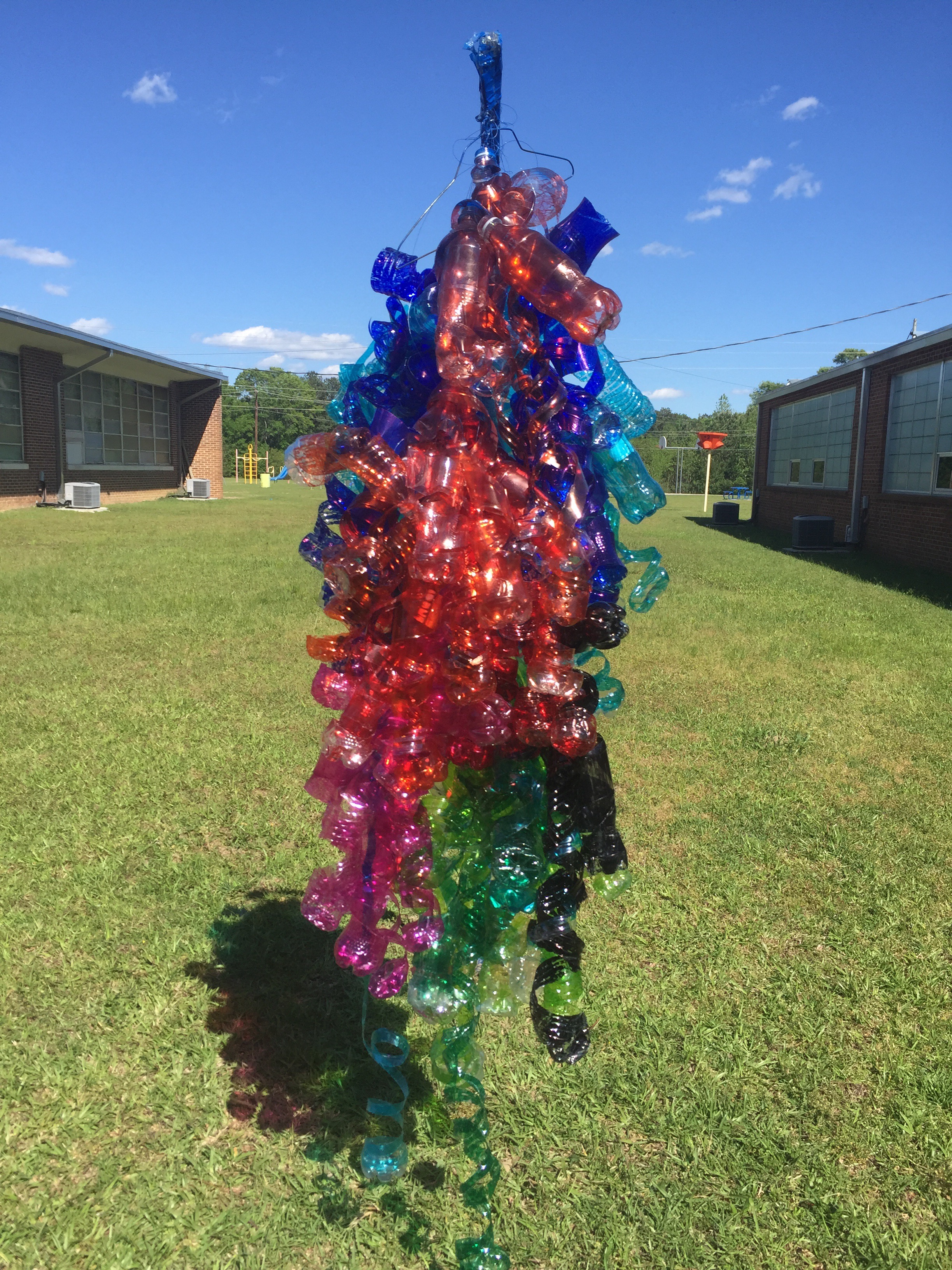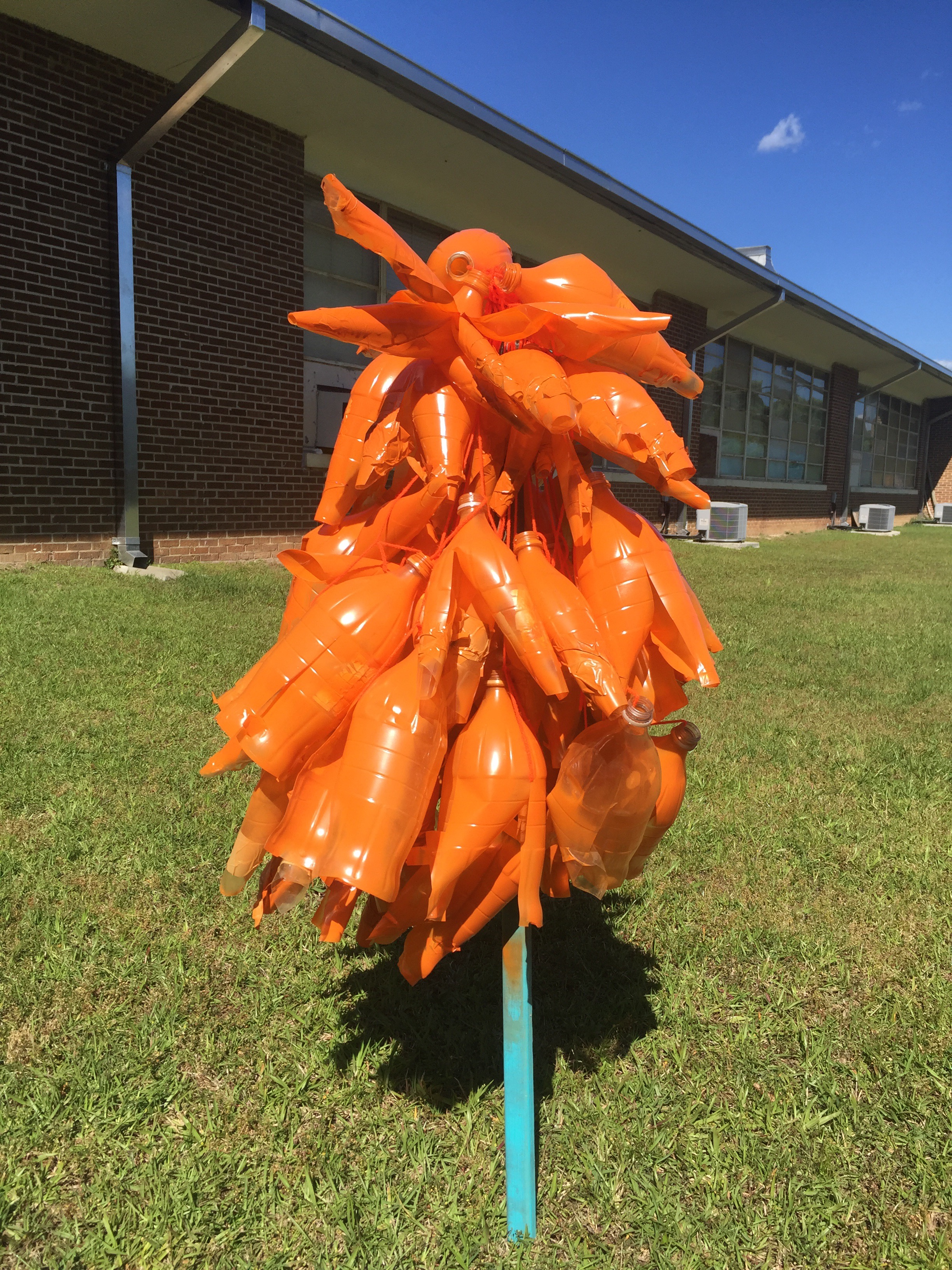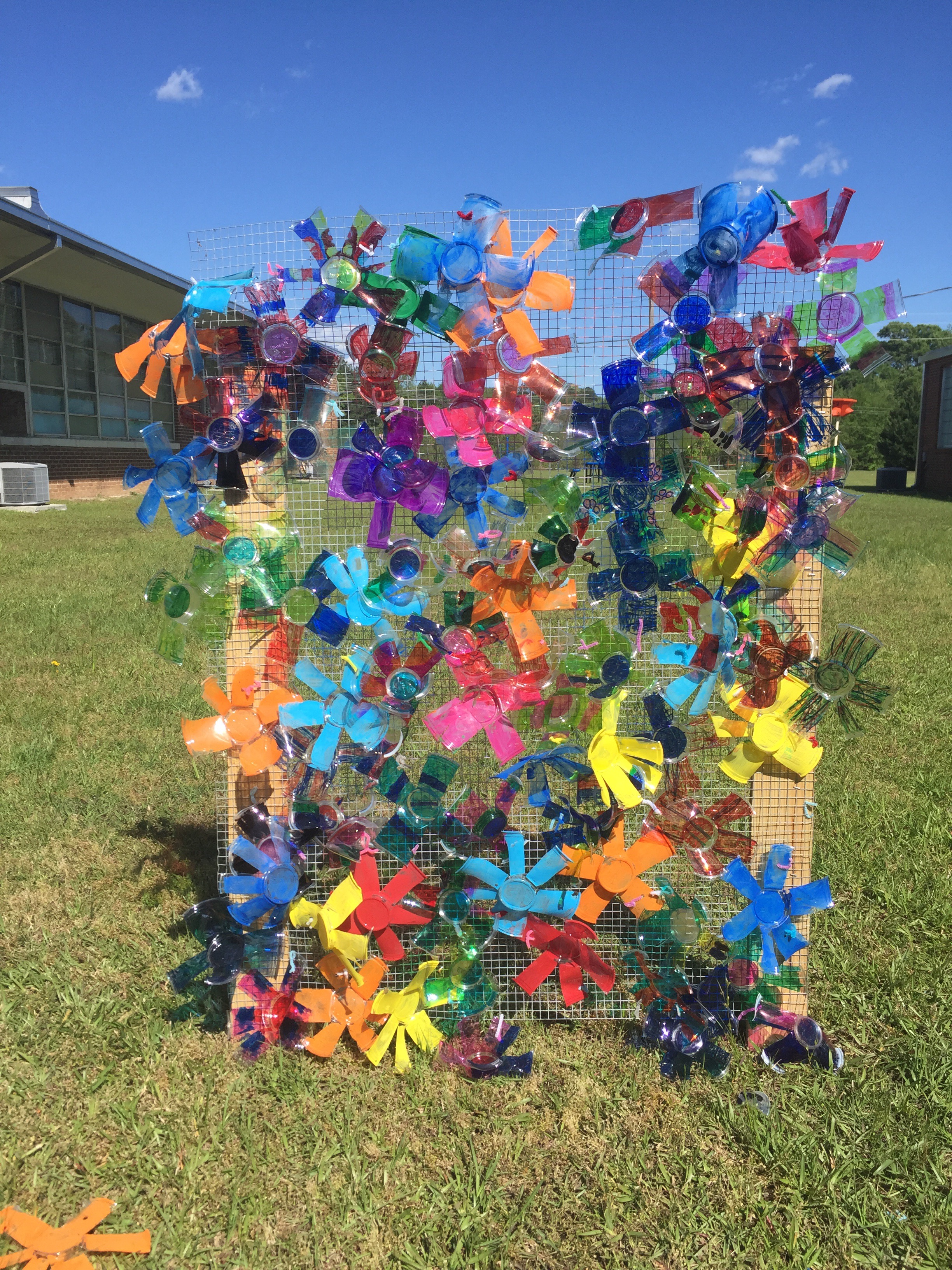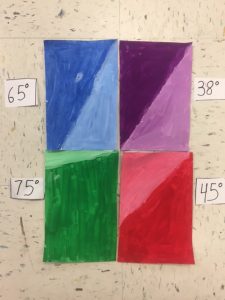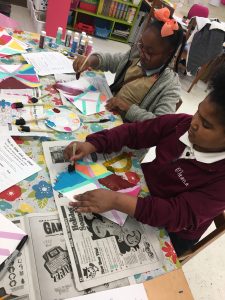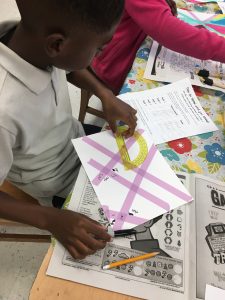This week the students became Botonists and learned all about plants and their life cycles. As a part of this study, the students read a fiction book called Plantzilla by Jerdine Nolen where a plant seems to come to life and becomes a part of a family. The students then created their own Plantzilla based on the book using the art elements of form and the principle of balance. Students had to create a 3D sculpture of their plant and had to use a variety of art techniques to create balance within their sculpture. The students also had to showcase the parts of a flower that they had been studying during the week. Make sure to come by our hall and see all of the great plants!
Category Archives: Uncategorized
Geological Regions of Mississippi
We have started our year learning about us….as in MISSISSIPPI! Did you know that our state can be broken into TEN geological regions? Our fourth graders do! We know their location, and why each region is grouped by that REGION! We have made personal watercolor maps using inspiration from Walter Anderson, a famous artist from our state, using his seven motifs design. We have even used dance to help us remember the geological regions. And we have partnered with Mr. Bryant, our visual art specialist, to create a permanent display for our campus! Look at this amazingly huge meaningful piece of work! Students used materials from each region to create a special textural design for its own representation, and its correct location. It’s the GEOLOGICAL REGIONS of Mississippi, y’all!
Kandinsky’s Place Value
We are off to a great start this year in 4th grade! One of our first arts integration lessons included students looking at the works of Wassily Kandinsky. Students noticed that he planned out his works so that he could communicate through the colors.
Student have been studying place value. They were given a four digit number and wrote the number in standard, word, expanded, and short form. After showing that they could show the number in different ways, they replicated Kandinsky’s work.
The students then watercolor to crate a background similar to Kandinsky’s paintings. They then created shapes from construction paper to represent the number that they were given. They used 3D shapes for numbers in the thousands place and 2D shapes for the hundreds, tens, and ones. Examples of students’ work can be seen below.
Rocks, Rocks, Rocks!
This week, students were introduced to the three types of rocks: sedimentary, igneous, and metamorphic. We then held a discussion about what makes each rock different. We learned that the sedimentary rocks are formed by layers. The igneous rocks are formed when magma cools, and the metamorphic rocks form when layers are pressed with heat and pressure. Students then created a visual representation of each type of rock.
Artists in the Making
We are getting ready for our annual 4th Grade Famous Artist Living Wax Museum on Wednesday, May 10th at 1:00pm in the gym. The students have been working hard writing biographies, reflections, timelines, scripts, and creating a LOT of artwork to showcase the styles of famous artists from the past. So, mark your calendars for this amazing event and catch a sneak peek in the pictures below!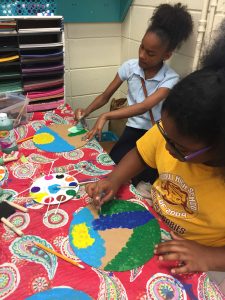
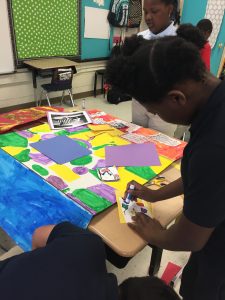
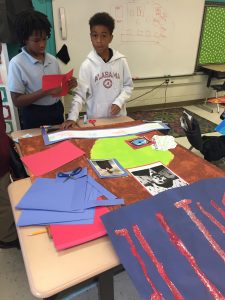
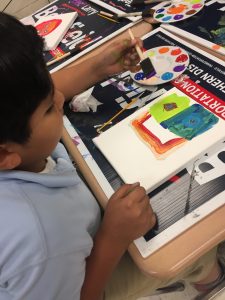
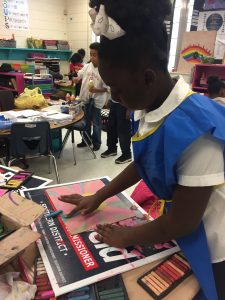
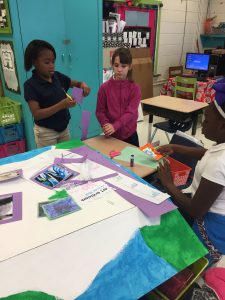
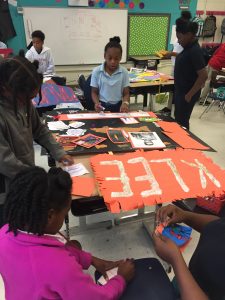

IMPORTANT DATES!
Listed below are a few important dates that you need to know!
Writing State Testing-
4/26 Ivy, Watts and Schipke
Math State Testing-
4/28 Ivy
5/1 Watts and Schipke
Math Performance Based State Testing-
5/9 Ivy
5/10 Watts and Schipke
4th Grade Famous Artist Wax Museum
5/10 at 1:00
3rd and 4th Grade Awards Day
5/15 1:00
OscARs Awards
5/17
Chihuly Sculptures
Last week, the students learned about famous artist Dale Chihuly and his blown glass sculptures that are famous the world over. The students studied Chihuly’s style and technique and then used this knowledge to recreate some sculptures of their own. Of course the students couldn’t use real blown glass so we used plastic! The students also practiced their math and converted customary capacities based on the type of plastic bottle used in their sculpture. One group had gallons, one had quarts, one pints, and one cups. After converting all of their measurements, the students set out to recreate one of Chihuly’s famous sculptures. This took a lot of creativity and ingenuity. We think the students did a fantastic job! You can see the final results in the pictures below or come by the school and check them out for yourself. You can’t miss them if you take a stroll up the sidewalk.
Color Field and Additive Angles
Mr. Bell, our visual art teacher, taught us about a style of abstract painting called Color Field that was made popular by Barnett Newman in the 1950’s which lead to the style of the term Abstract Expression. We looked at some of his works and realized that some of his works seemed to have tints and sharp angles. The students were then given a degree of an angle. They had to find their missing angle by subtracting from their total. For example, 90 degrees was their total measurement of their paper, and they might have been given 75 degrees. The students then used their protractor to find their answer and draw the angle. In this case, the student would draw 15 degrees angle using the protractor. The students when created their own example of the style of Color Field by making tints with the color of their choice. 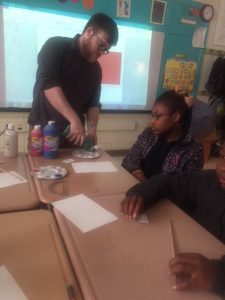
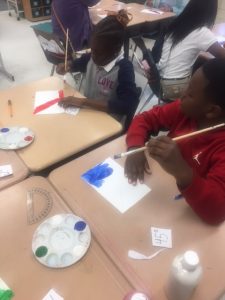
Multiplication Bee!
Today, 4th grade participated in the school wide multiplication bee. The top five students were selected and will represent Nora Davis at the district multiplication bee after Spring Break. The top 5 fourth graders were: Trinity Jones, Shamara Baker, Calvin McDonald (4th grade winner), Ashaunte Hughes, and Ariel Cox.
Color Block with Angles
This week, students were introduced to measuring angles. They learned that angles can be acute, obtuse, right, and straight. After learning how to name them, students were taught how to use a protractor to measure angles.
In centers, students created a color block painting using angles. They used washi tape to create angles across the paper. Then, they named the angles and measured them. Once the angles were named and measured they painted their shapes. Once it dried, they removed the washi tape to create the color block.

